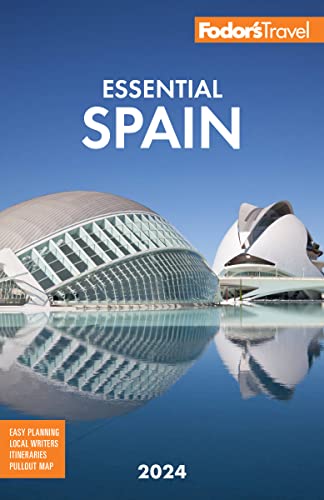La Rioja Wine Country
The Ebro basin has been an ideal climate for grapevines since pre-Roman times. Rioja wines were first recognized in official documents in 1102, and exports to Europe flourished over the next several centuries. With its rich and uneroded soil, river microclimates, ocean moisture, and sun, La Rioja is ideal for high-quality grapes. Shielded from the arid cold of the Iberian meseta (plain) by the Sierra de la Demanda and from the bitter Atlantic weather by the Sierra de Cantabria, Spain's prime wine country covers an area 150 km (93 miles) long and 50 km (31 miles) wide along the banks of the Ebro. The lighter limestone soils in the 50,000 acres of La Rioja Alta (Upper Rioja) produce the region's finest wines; the vineyards in the 44,000-acre Rioja Baja (Lower Rioja) are composed of alluvial and floodplain clay in a warmer climate, ideal to produce wine in great volumes.
The main grape of La Rioja Alta is the tempranillo—so named for its early (temprano) ripening in mid-September—a dark, thick-skinned grape known for power, stability, and fragrance. Other grape varietals include mazuelo, used for longevity and tannin; and graciano, which lends aroma and freshness. Garnacha, the main grape of La Rioja Baja, is an ideal complement to the more acidic tempranillo. Viura, the principal white variety, is fresh and fragrant if a tad insipid; malvasía grapes stabilize wines that will age in oak barrels.
Rioja wines are categorized by age. Garantía de Origen is the lowest rank, assuring that the wine comes from where it purports to come from and has been aged for at least a year. A crianza wine has aged at least three years, with at least one spent in oak. A reserva is a more carefully selected wine also aged three years, at least one in oak. Gran reserva is the top category, reserved for extraordinary harvests aged for at least two years in oak and three in the bottle.
Wine and ritual overlap everywhere in La Rioja. The first wine of the year is offered to the Virgin of Valvanera on the riverbank at the Espolón de Logroño for her blessing. Haro's Batalla del Vino (Wine Battle) festival is famous throughout Spain. Everything from the harvest and the trimming of the vines to the digging of fermentation pools and the making of baskets, barrels, and botas—even the glassblowing in bottle manufacture—takes on a magical, almost religious significance.
For a tour of vineyards and wine cellars, start with Haro, filled with bodegas and noble architecture. Its Barrio de la Estación (Train Station District) has all of La Rioja's oldest and most famous bodegas. Other visits in La Rioja Alta could include Fuenmayor, a wine-making center with an old quarter; Cenicero, with several ancient bodegas; Briones, a perfectly preserved Renaissance town; Ollauri, with a cave bodega, "the Sistine Chapel of the Rioja"; and Briñas, with a wine museum.




